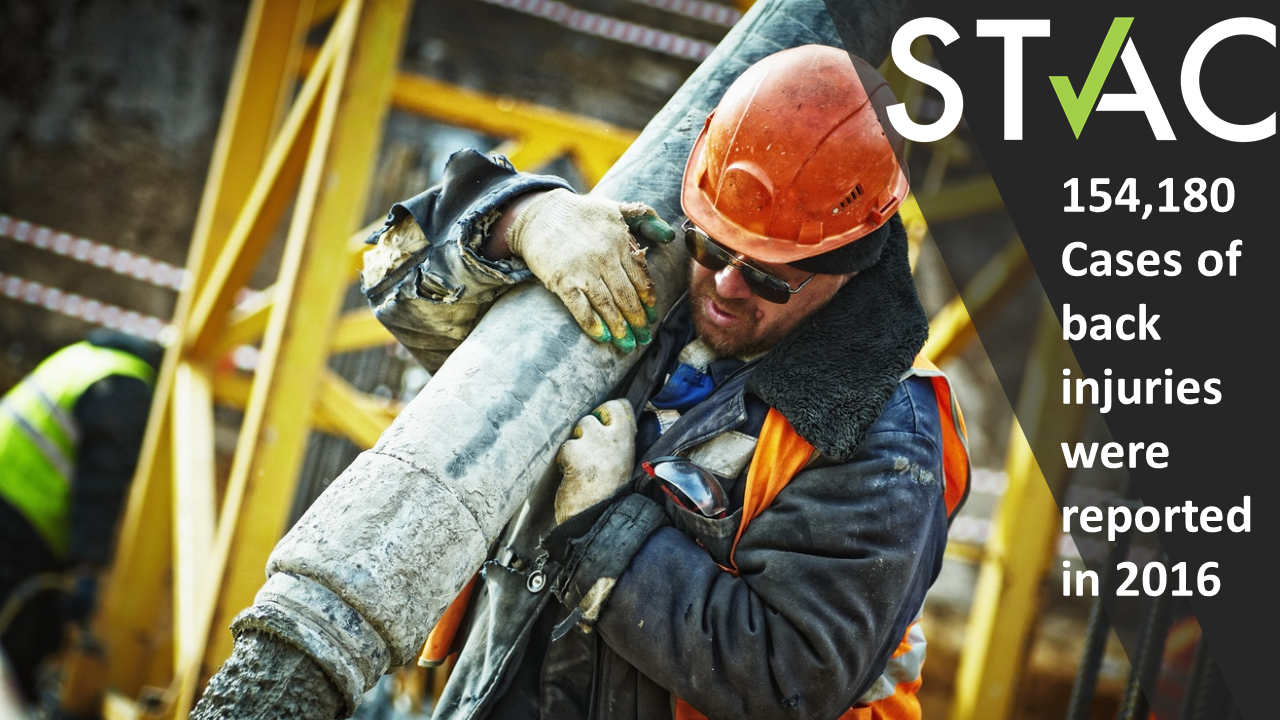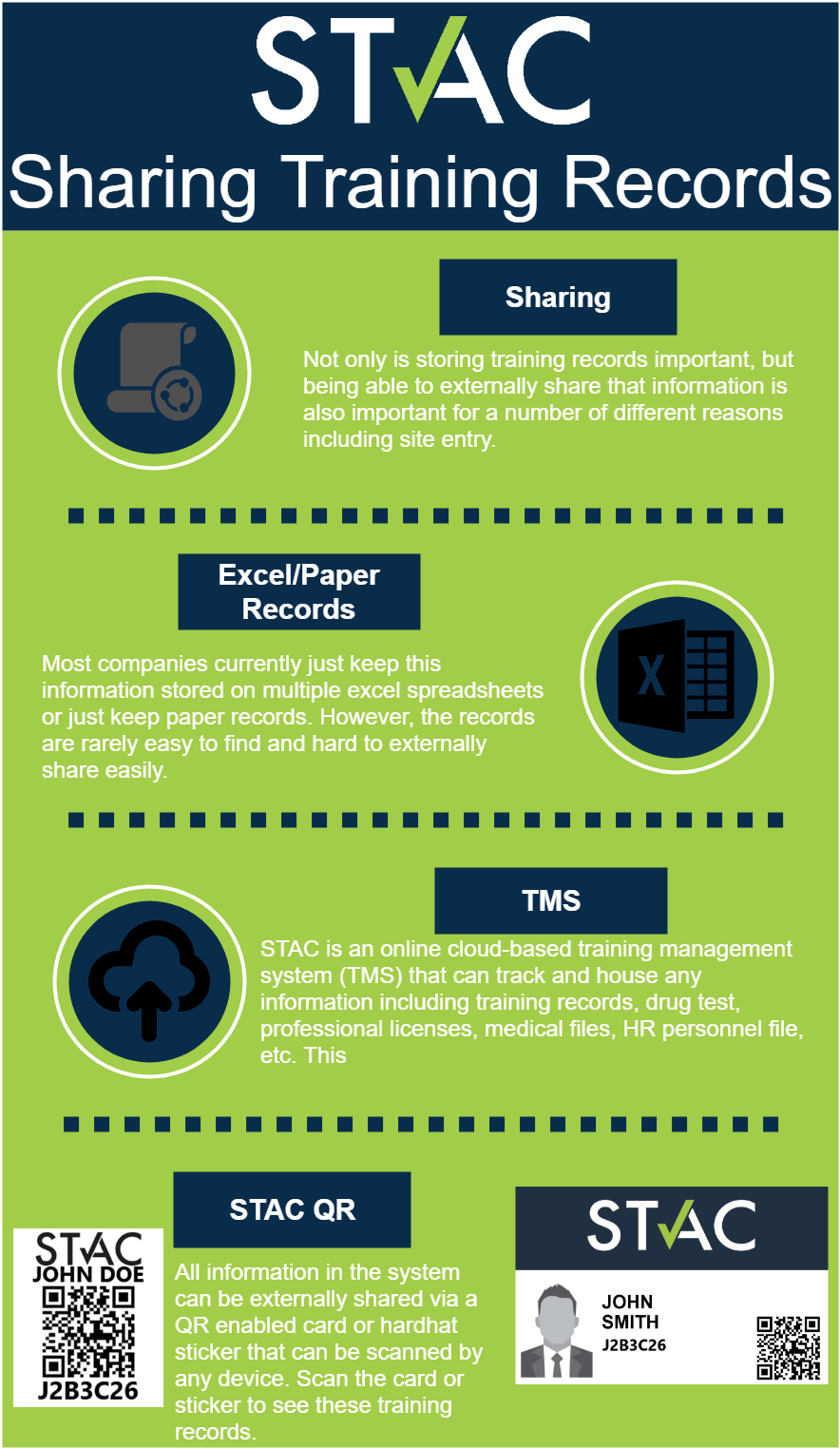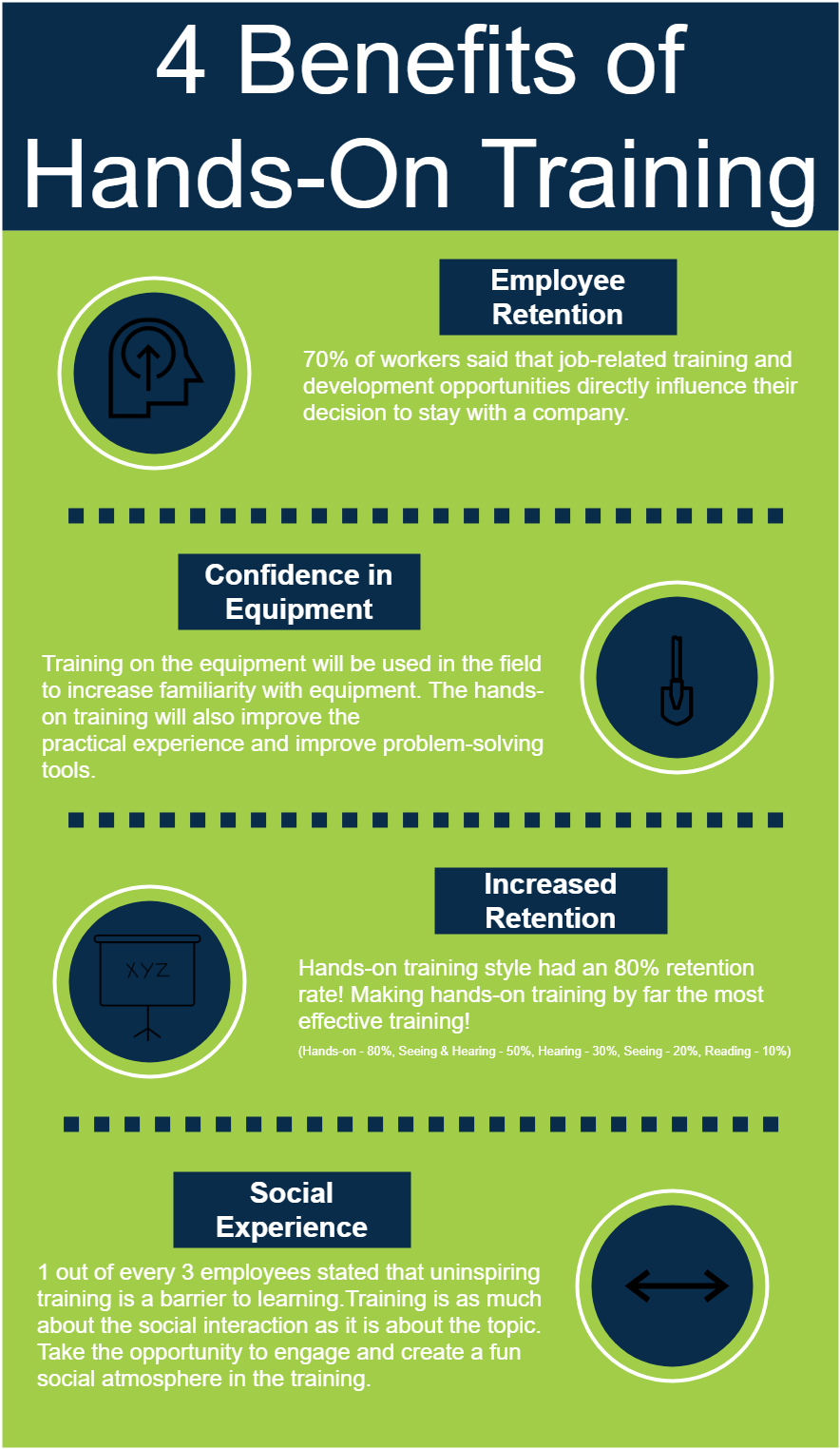|
Subpart: D – Occupational Health and Environmental Controls
OSHA Standard: 1926.60 Occurrence: Upon initial assignment Frequency: ANNUALLY or as conditions or roles change Training Style: Hands on training (PPE), toolbox talk, classroom instruction. Background: MDA, a suspected human carcinogen, is a white to tan solid (amine odor) liquid. Uses for MDA include enhancement of thermal stability in polyamides, fatigue resistance and dye ability in fibers, and the preparation of impact resistant resins, polyimides with superior wire coating properties, benzimidazolethiols (antioxidants), hydraulic fluids, urethane foams, fungicide stabilizers, and sensitizers for explosives. Route of exposure: Inhalation; skin absorption; ingestion. MDA can be inhaled, absorbed through the skin, or ingested. Exposure can lead to dermatitis, abdominal pain, fever, chills, liver damage, and bladder cancer. Permissible Exposure: 10 parts per billion (ppb) over an 8-hour time weighted average. Eye and skin contact are not permitted Employer Responsibilities: In addition to the information required under 29 CFR 1910.1200 (HAZCOM standard), the employer shall: Discuss PEL and where the possible exposure could occur, signs and symptoms of exposure, appearance health hazard associated with MDA, hazard controls implemented (engineering, administrative, and PPE), proper handling and storage, and treatment. Employers are required to perform measurements that are representative of your exposure to MDA and you or your designated representative are entitled to observe the monitoring procedure. Access to training materials: The employer shall make readily available to all affected employees, without cost, all written materials relating to the employee training program, including a copy of this regulation. The employer shall provide to the Assistant Secretary and the Director, upon request, all information and training materials relating to the employee information and training program. Training records shall be maintained for one (1) year beyond the last date of employment for all employees. Employee Responsibilities: Employees have the responsibility to ensure stay within their roles. If assigned to work with MDA to ensure they are properly trained and follow identified work practices to limit exposure. Workers are entitled to observe the steps taken in the measurement procedure and to record the results obtained. Employees or their representative are entitled to see the records of measurements of your exposure to MDA upon written request to your employer. Employee medical examination records can be furnished to your physician or designated representative upon request by you to your employer. Contact STAC for assistance if you have any questions! [email protected] Sharing:
Not only is storing training records important, but being able to externally share that information is also important for a number of different reasons including site entry. Excel/Paper Records: Most companies currently just keep this information stored on multiple excel spreadsheets or just keep paper records. However, the records are rarely easy to find and hard to externally share easily. Training Management System: STAC is an online cloud-based training management system (TMS) that can track and house any information including training records, drug test, professional licenses, medical files, HR personnel file, etc. STAC QR: All information in the system can be externally shared via a QR enabled card or hardhat sticker that can be scanned by any device. What is a TMS:
A training management system (TMS) can track training courses and help participants track their career goals in terms of training and serve as a library for the organization’s policies, procedures and training materials. A TMS can also store the information from a learning management system (LMS). The STAC system can house any information: training, drug test, professional licenses, HR personnel file, etc. Consolidation: The STAC TMS allows you to consolidate all training records and personnel files into one secure online electronic database. No more having to search through multiple file cabinets; all the documents are in one place that is easily accessible! Cost The cost of one filing cabinet (in which only one person touches) cost on average $32,000 a year alone! Electronic storage of records is 13 to 31 times more cost effective! An investment in the STAC TMS could save you tens of thousands of dollars! Filing Cabinet Cost Calculator: Material = $25,000 (when filled) Productivity = $14,000/year per staff member Space & Security = $2,000/year Productivity: The STAC TMS also sends out automated reminders every month on what training expires in the next 30, 60, and 90 days (a report can be generated to also get that information). This allows the individual to not have to research through spreadsheets or filing cabinets. The information is at your fingertips! This allows the individual to spend more time in the field or doing other essential task! |
AuthorSTAC Admin Categories
All
Archives
July 2024
|










 RSS Feed
RSS Feed